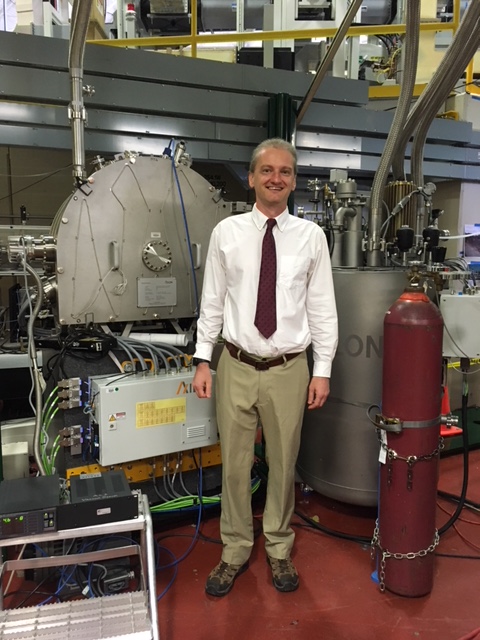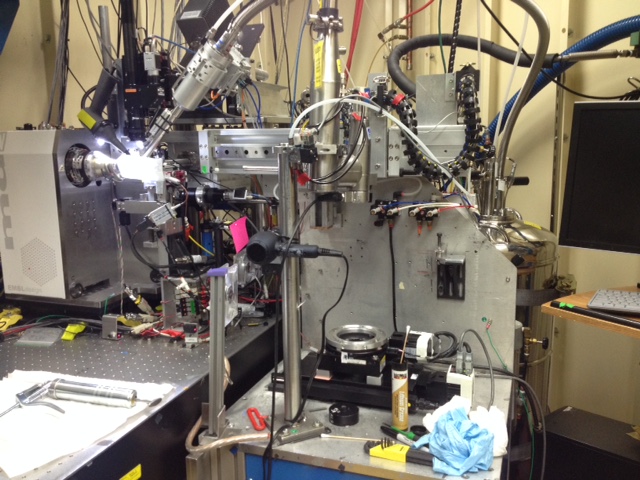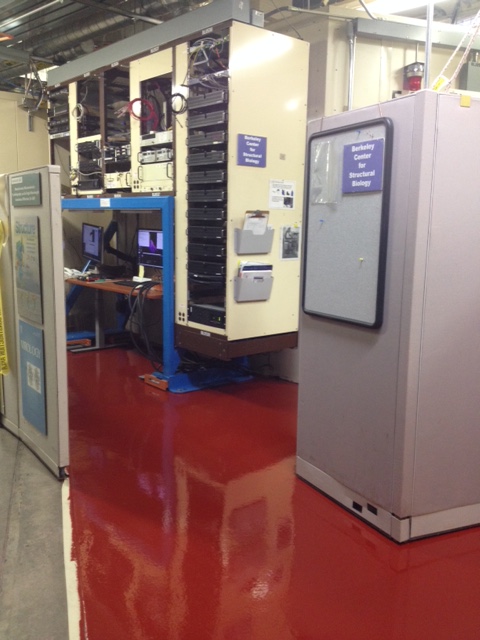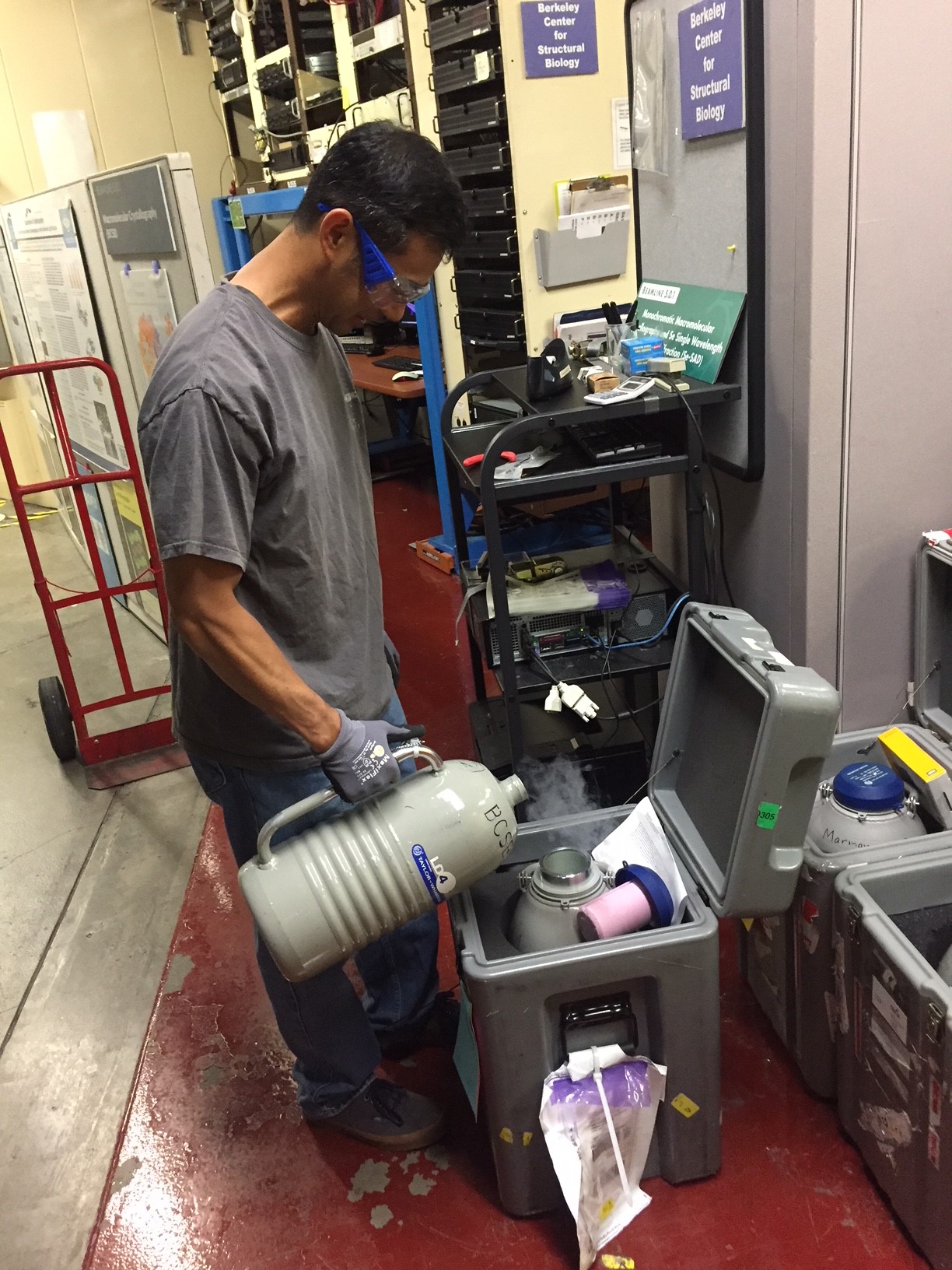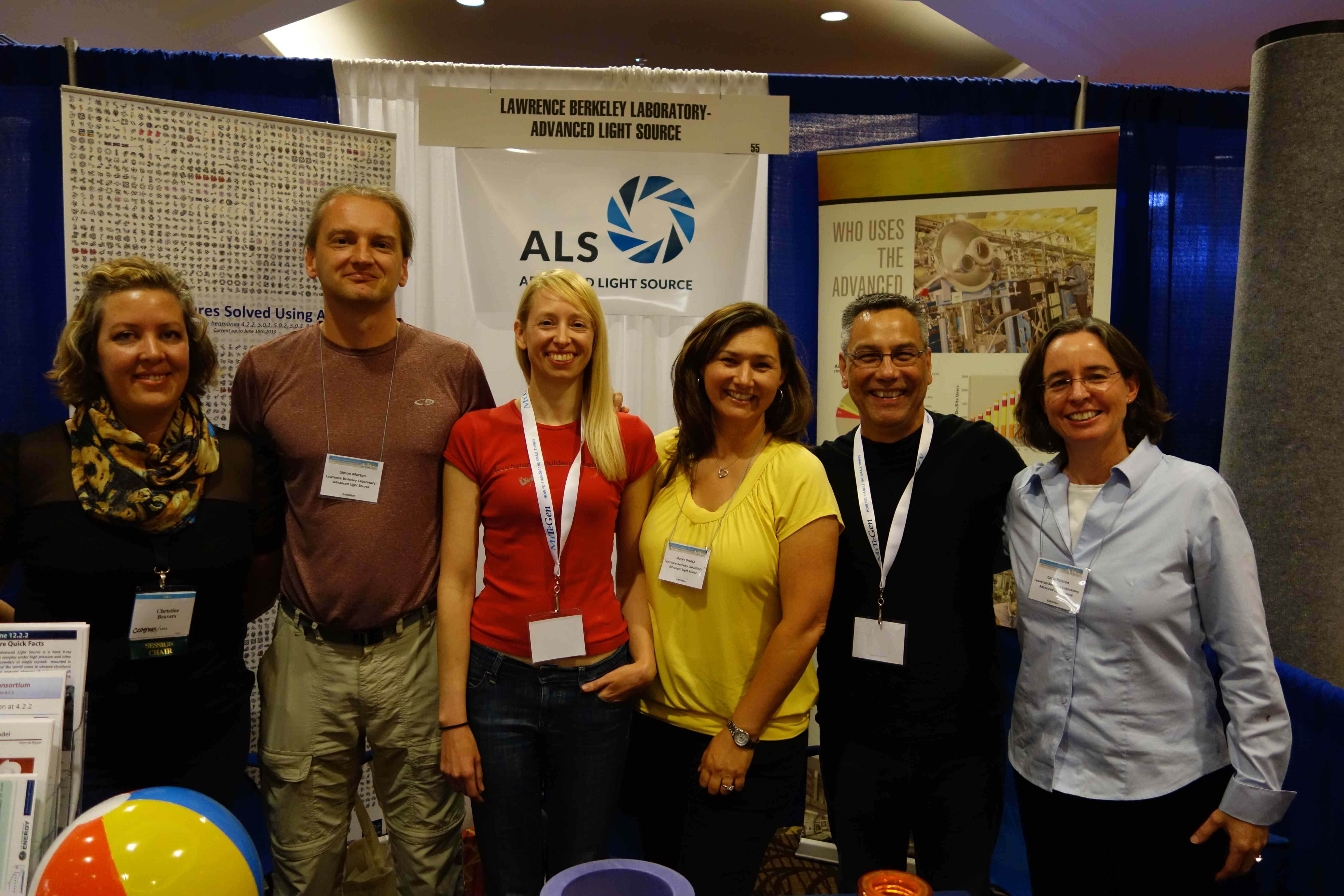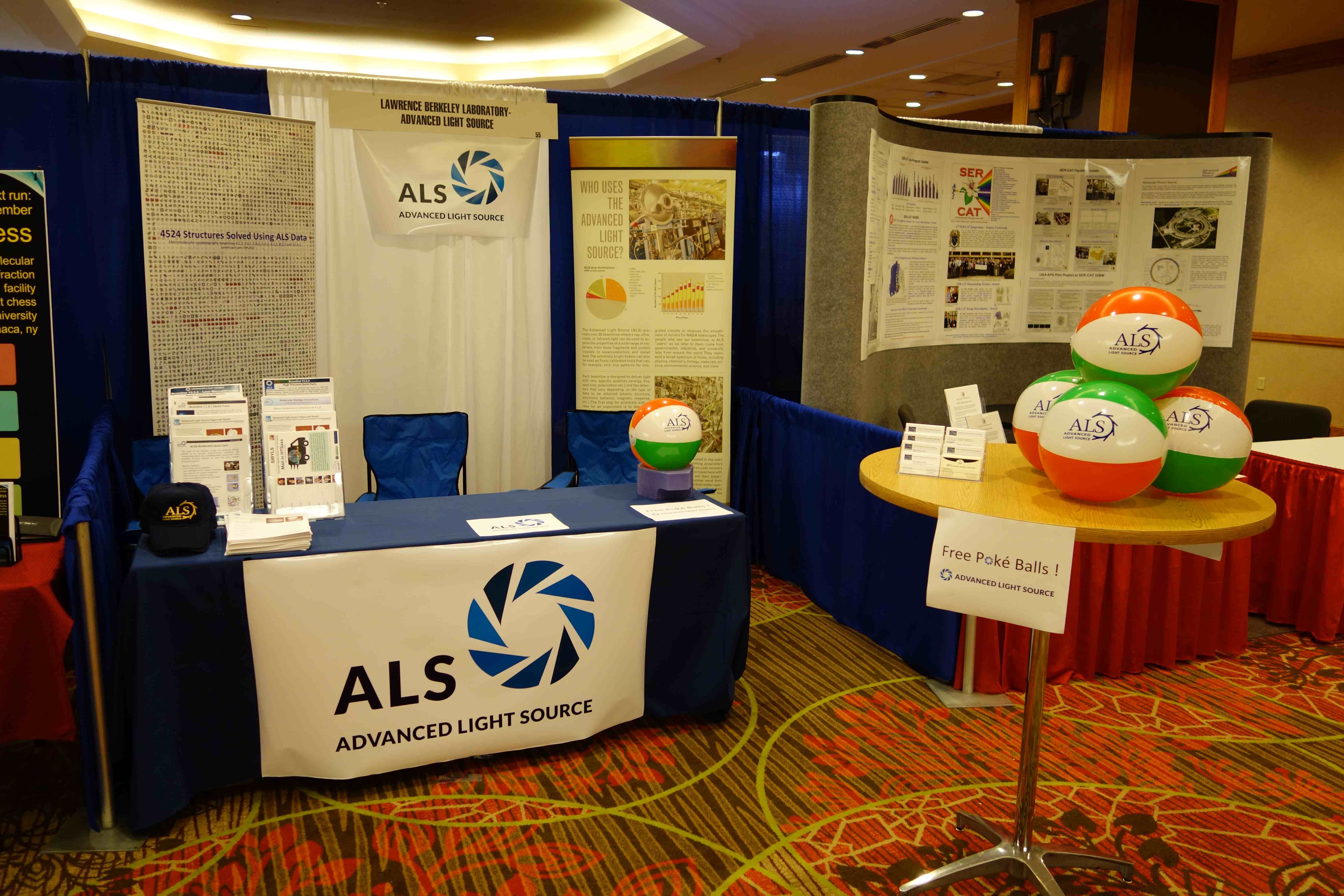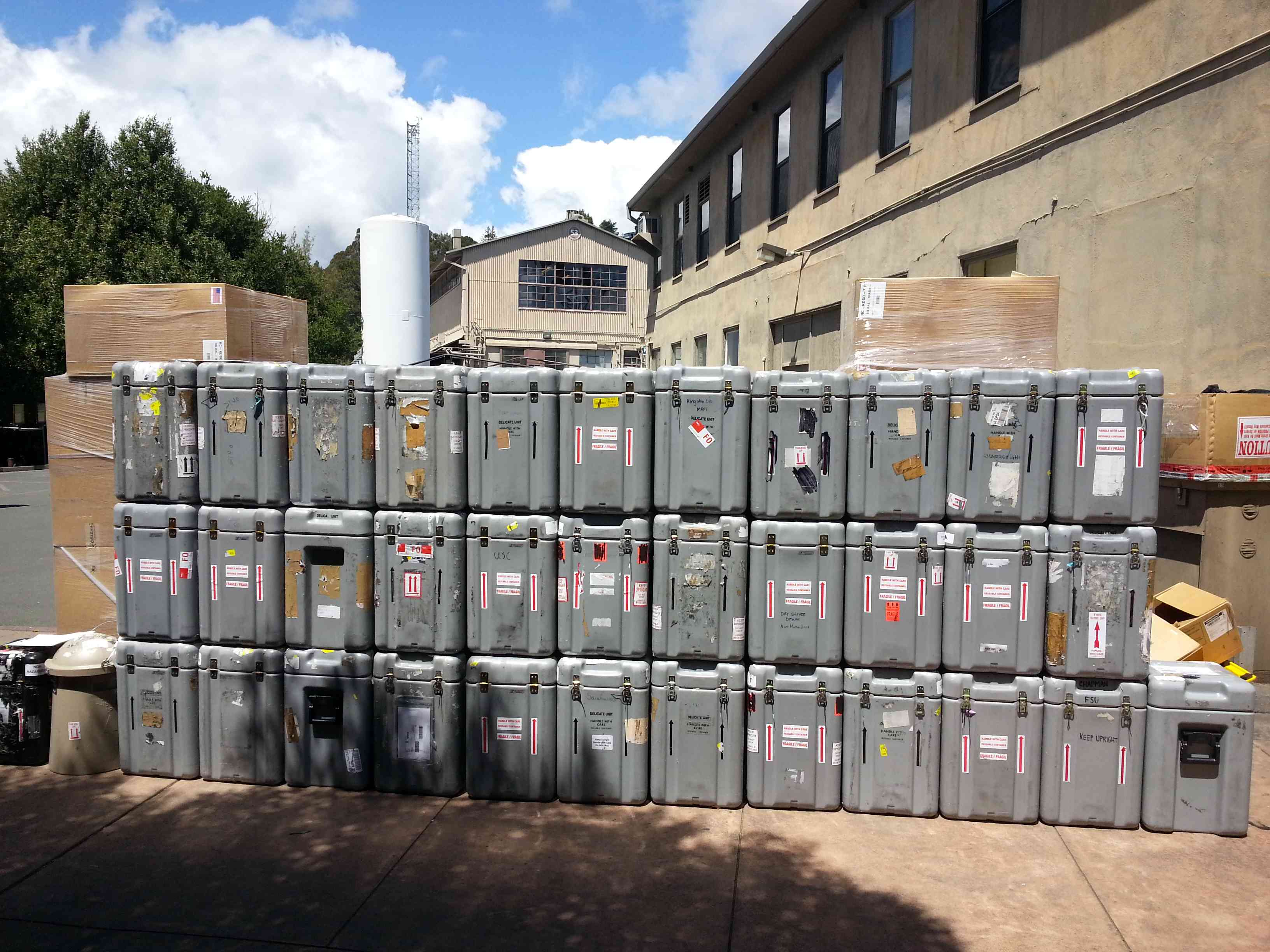Similar Posts
BCSB teams up with other ALS scientists at the ACA
BycorieSeveral BCSB staff teamed up with other ALS beamline scientists to represent the ALS at this year’s American Crystallographic Association meeting in Denver. In the picture are from left to right: Christine Beavers, Simon Morton, Diane Bryant, Stacey Ortega, Jay Nix, Corie Ralston:
